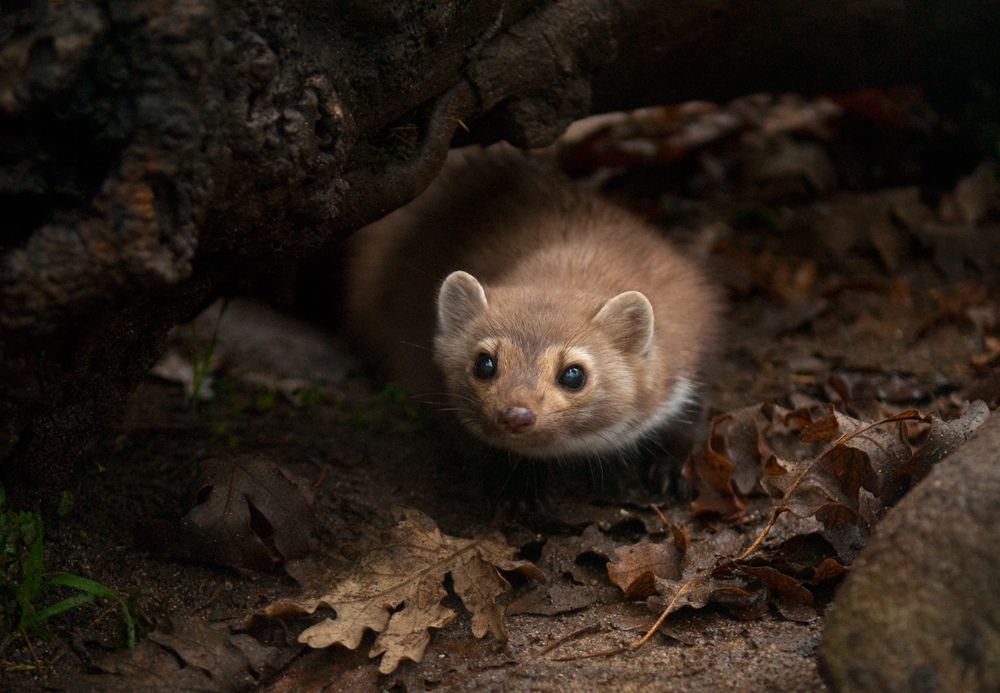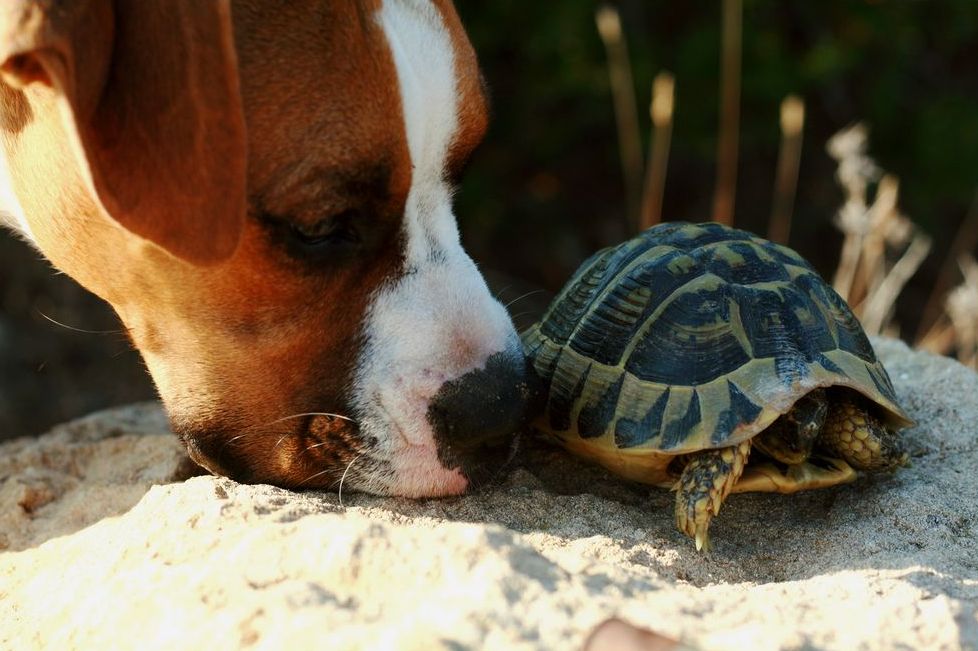Lifestyle

Like all reptiles, tortoise is ectothermic (organism with body temperature is the same as that of the external environment and is not produced by the body itself).
The tortoise depends on the outside temperature unlike endotherms (mammals and birds) who maintain constant internal temperature. She warms with the heat of the sun, it is said thermoregulation.
When it reaches a temperature between 25 and 30°C, it can fully assume its activities like eating and find partners.
Beyond these temperatures, it seeks to protect from intense sun, under bushes for example. Thermoregulation is an important activity that depends on the quality of the habitat.

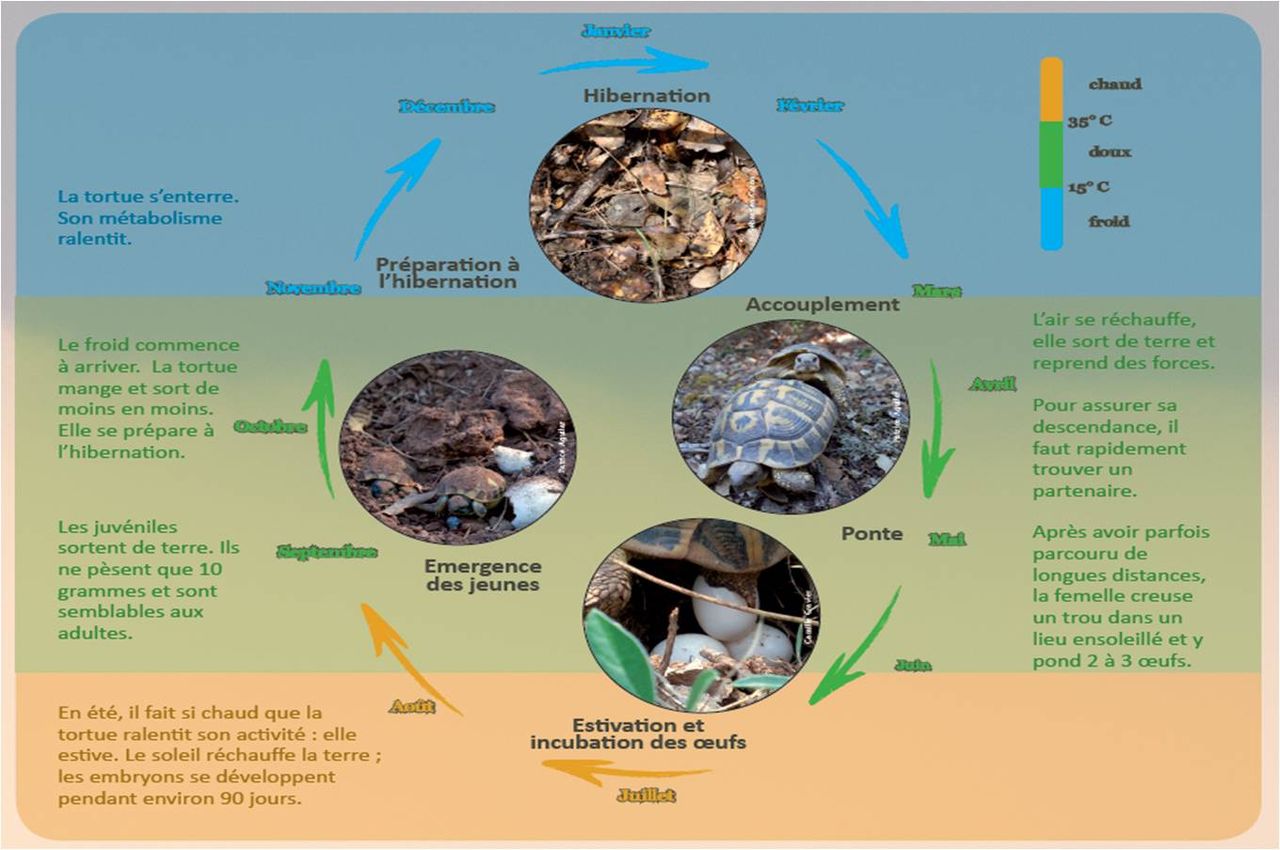 A year tortoise (SOPTOM, 2012).
A year tortoise (SOPTOM, 2012).
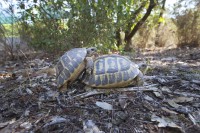
Sexual maturity of the Hermann’s tortoise is late, at the age of 12 years. The female has an organ (spermatheca) retain sperm for several years. Its eggs can be fertilized even though it did not meet male for several years.
The egg incubation period lasts 97 days, and outbreaks are related to the first rains of late summer. They usually occur during the first half of September.
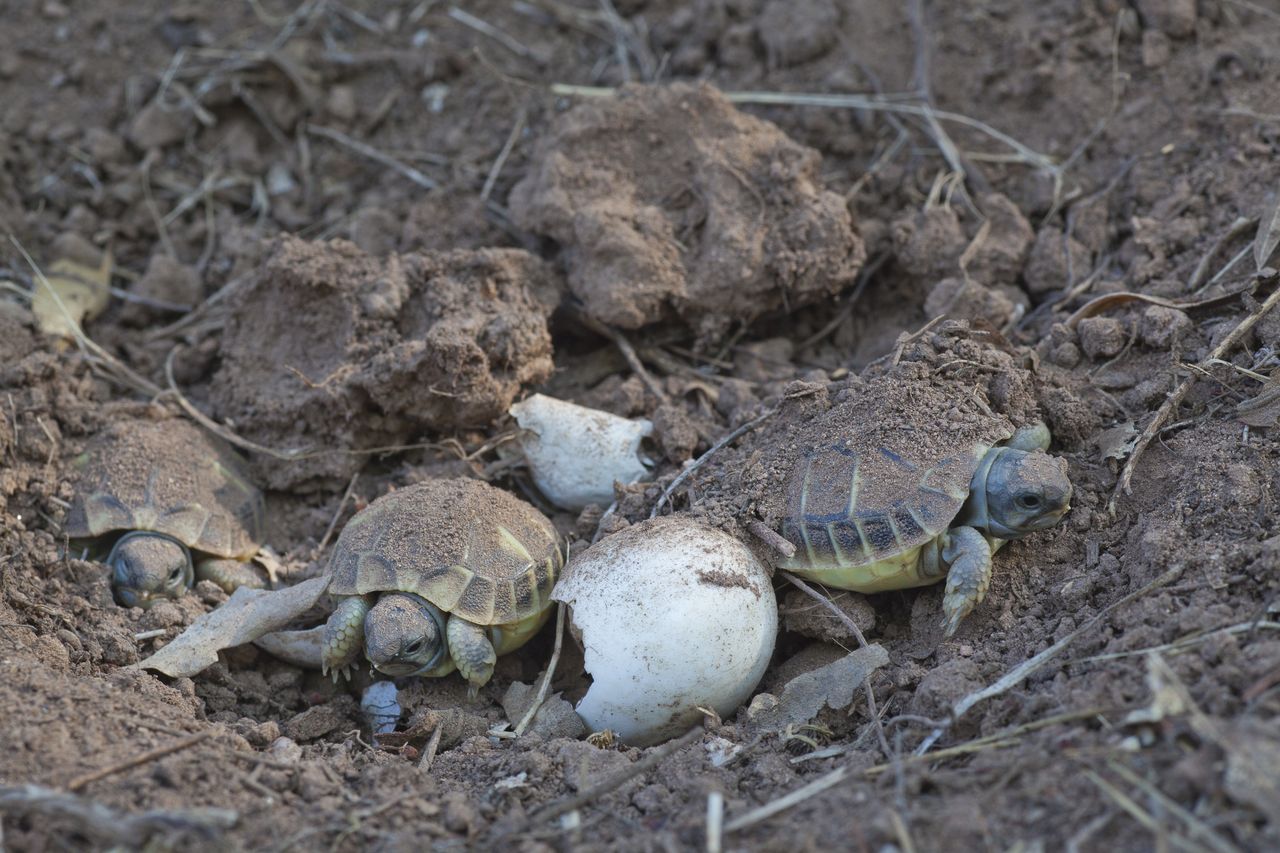
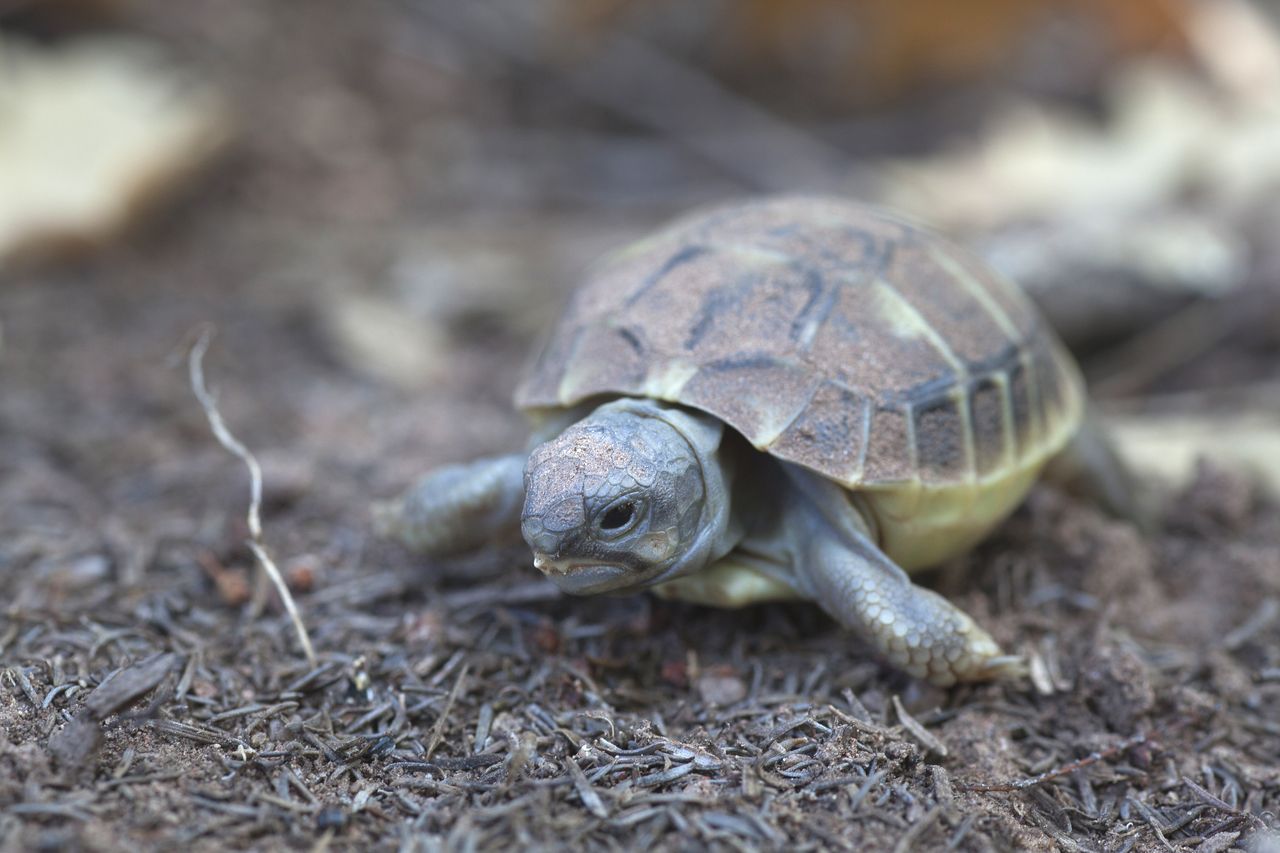
The mortality of the species is important in the egg stage and child. In contrast, sub-adults and adults are characterized by a high annual survival and, under normal conditions, enjoy exceptional longevity (up to 60 years in the wild).
As a rule, juveniles remain close to their birth place, at least for the first years of their lives, whereas immatures tend to go further afield.
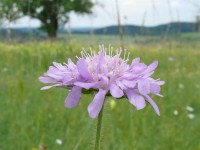
Hermann’s tortoises are essentially herbivores. They forage for annual or perennial plants in the ground vegetation, particularly Fabaceae and Asteraceae.
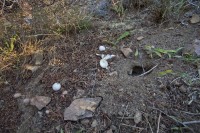
Predation pressure affects mainly the eggs and young tortoises.
Habitat changes for over half a century have seen an important reversion to forest, forcing the tortoises to lay their eggs in small areas.
